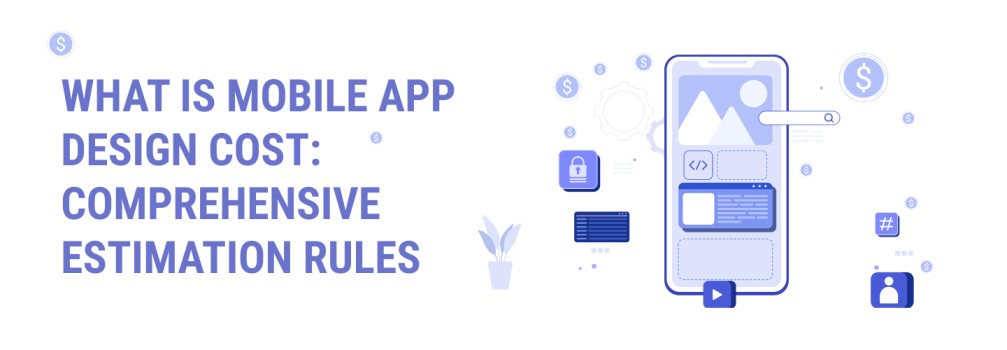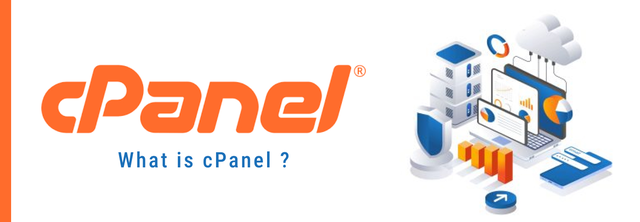Table of Contents
Introduction to Web Development
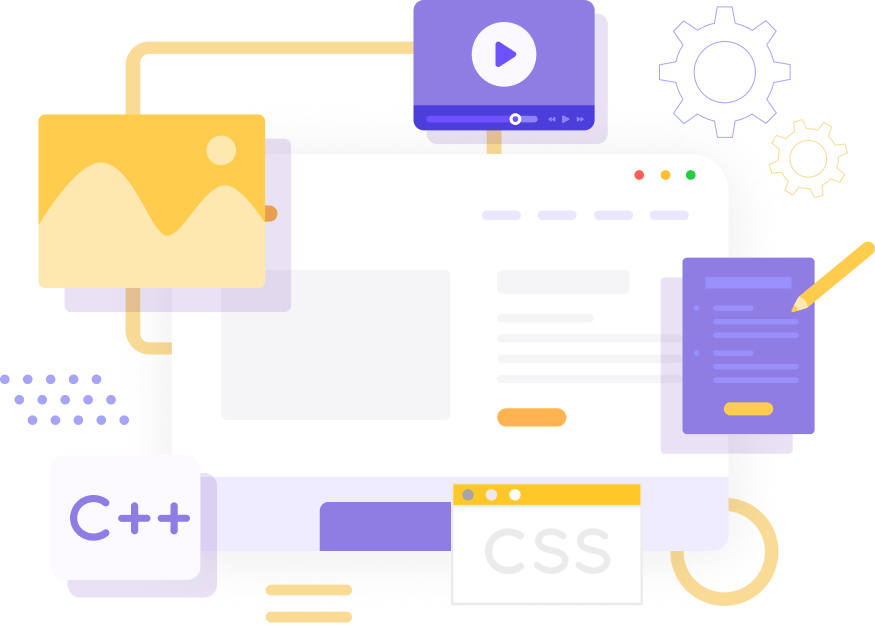
Introduction to Web development: Web development also known as website development, refers to the tasks associated with creating, building, and maintaining websites and web applications that run online on a browser. It may, however, also include web design, web programming, and database management.
What Exactly is Web Development?

Think of all the web pages you have used over the years – Web Developers built those sites, making sure they functioned properly and performed in ways that allowed for a great user experience. Web Developers do this by writing lines of code, using a variety of programming languages, which vary depending on the tasks they are performing and the platforms they are working on.
Components of web development
Before we dive into the steps of the web development process, you must know the major web development components that contribute the introduction to web development to your website.
Moreover, We’ll first look at what it means to build a website, and then we’ll examine some different types of web development processes. Read on to learn more the introduction to web development!
Website terminology
When you engage in web development, you’re building a website — but what exactly does that mean?
The best way to answer this question is simply to run through some terminology. Indeed, A website is a file stored on a server, which contains multiple websites. These servers are connected through the Internet.
Furthermore, when you visit a website, you visit it using a browser –– a program designed to load and display websites on your screen from servers. You may also hear browsers referred to as clients. Definitely, All this can be helpful to know when learning about web development, since much of the process centers around your browser and server.
Hand coding vs. CMS
When developing a website, you have two primary options for how to do it: Coding from scratch or use a website builder. When you code from scratch, you develop the entire website from the ground up. If you opt to use a website builder, you use a content management system (CMS) to create it from a preexisting model.
A CMS gives you the basic building blocks of a website and lets you piece them together without having to know in-depth coding. In other words, the CMS handles the coding for you in advance — you just arrange the surface-level elements.
Moreover when using a CMS is very helpful if you don’t know anything about coding, hand-coding gives you the opportunity to create a more customized website for your business.
Front-end and back-end development
When you build a website, it’s a bit like designing a house. On the one hand, you want to look at painting the walls, installing the countertops, and laying the carpet. But beneath all that, you also need to lay out all the pipes and wires that enable your utilities to function.
Similarly, a website usually functions on two levels — front-end and back-end. Front-end development refers to the surface-level elements, the things you can see: Page format, color schemes, and so on.
Back-end development is where you lay out all the behind-the-scenes, technical elements of your site. If your site features an image gallery, for example, you must store those image files somewhere — and back-end development is where you set up that storage space.
Definitely, when you implement both front-end and back-end development on a website, it’s referred to as full-stack development.
What is web developer?
A web developer’s job is to create websites. While their primary role is to ensure the website is visually appealing and easy to navigate, many web developers are also responsible for the website’s performance and capacity. Moreover, Read on to learn more the introduction to web development!

Types of web developers
Web developers usually fall under one of three categories: back-end developers, front-end developers, and full-stack developers. Some web developers also work as webmasters. Let’s take a closer look at each of these roles. Moreover, Read on to learn more the introduction to web development!

Back-end web developers
create the website’s structure, write code, and verify the code works. Their responsibilities also may include managing access points for others who need to manage a website’s content.
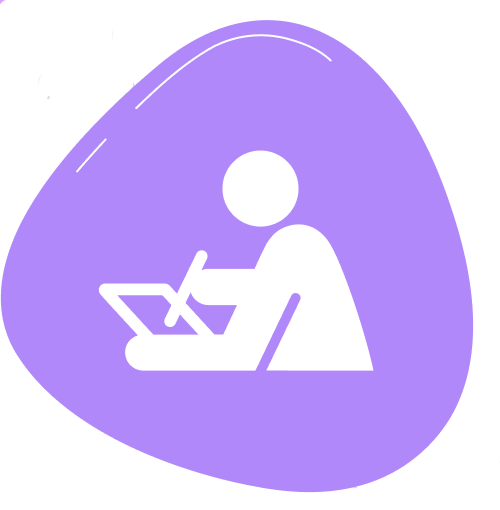
Front-end web developers
Full-stack developers do the work of both a back-end and front-end developer. These developers have the knowledge to build a complete website and may work for organizations that don’t have the budget for a large website team. If you’re interested in full-stack web development, consider earning IBM’s Full-Stack Developer Professional Cer
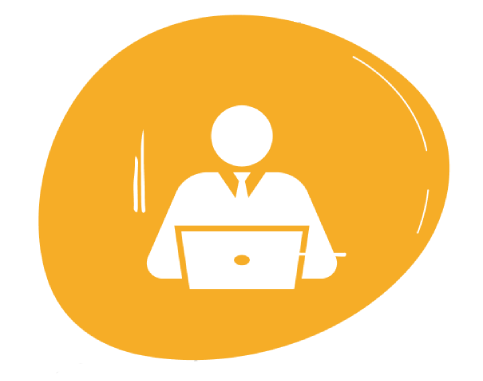
Full-stack developers
do the work of both a back-end and front-end developer. These developers have the knowledge to build a complete website and may work for organizations that don’t have the budget for a large website team. If you’re interested in full-stack web development, consider earning IBM’s Full-Stack Developer Professional Certificate.
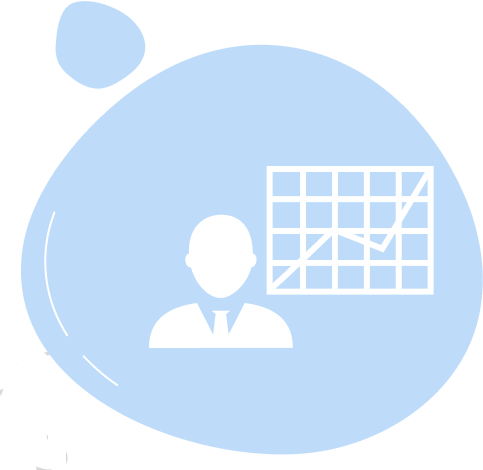
Webmasters
are essentially website managers. Their primary responsibility is to keep the website updated, ensuring that the links and applications on each page work properly.
How to become a web developer
A formal education isn’t always necessary to become an entry-level web developer. Moreover, some web developers have an associate or bachelor’s degree in website design or computer science, but others teach themselves how to code and design websites. While earning a degree can make you a more competitive candidate, a strong portfolio can go a long way toward validating your skills to potential employers. Furthermore, Read on to learn more the introduction to web development!
If you’re interested in becoming a web developer, here are some steps you can take.
Build web developer skills.
Employers and clients usually expect web developers to have certain skills that demonstrate their ability to deliver on website requirements. Moreover, if you’re interested in a career as a web developer, these are some skills you can focus on to build a foundation for success.

Technical skills
Coding: Common programming languages include HTML, PHP, cascading style sheets, and JavaScript for front-end design. Consider learning Python, Java, or Ruby if you want to do back-end development.
Responsive design: People use a variety of devices to view websites. Moreover, developers should be able to create sites that look as good on smartphones and tablets as they do on computer screens.
Technical SEO: Many factors of website design can affect the site’s search engine ranking. Additionally, Understanding how search engines rank sites is useful in a developer’s work.
Version control: This lets you track and control changes to the source code without starting over from the beginning each time you run into a problem.
Visual design: Understanding basic design principles, such as how to use white space, choose fonts, and incorporate images could boost your marketability.
Workplace skills
Communication: Web developers spend time discussing design ideas with their clients and team members through each step of the project.
Customer service: A web developer creates websites for the client to use and should remain client-focused to achieve the best results.
Detail-oriented: Little details, like a small change in code, can make a big difference in how a website performs.
Organization: Keeping track of deadlines, project tasks, workflow, and budgets is helpful if you want to complete a website design on time.
Problem-solving: Web developers often run into issues when designing websites. They should have the patience and ability to identify problems in the design or coding and solve them in a methodical way.
Consider a degree in computer science or web design.

While you don’t always need a degree to get a job in web development, it can certainly help. moreover, if you’re already in school (or considering earning a degree), some majors might be a better fit for your career goals than others. Definitely, You’re more interested in back-end web development, consider a degree program in computer science. Moreover, If you feel more drawn to front-end development, you might opt for a degree in web design or user experience (UX).
Take a course in web development.
You don’t necessarily need formal training to work as a web developer. It’s possible to acquire the skills you need on your own. For example, you can take a course to learn programming languages like HTML, JavaScript, or CSS, and then put what you learn into practice on your own website.
By completing an online course in web development, like Web Design for Everybody: Basics of Web Development & Coding from the University of Michigan, you can build skills while completing development projects for your portfolio.
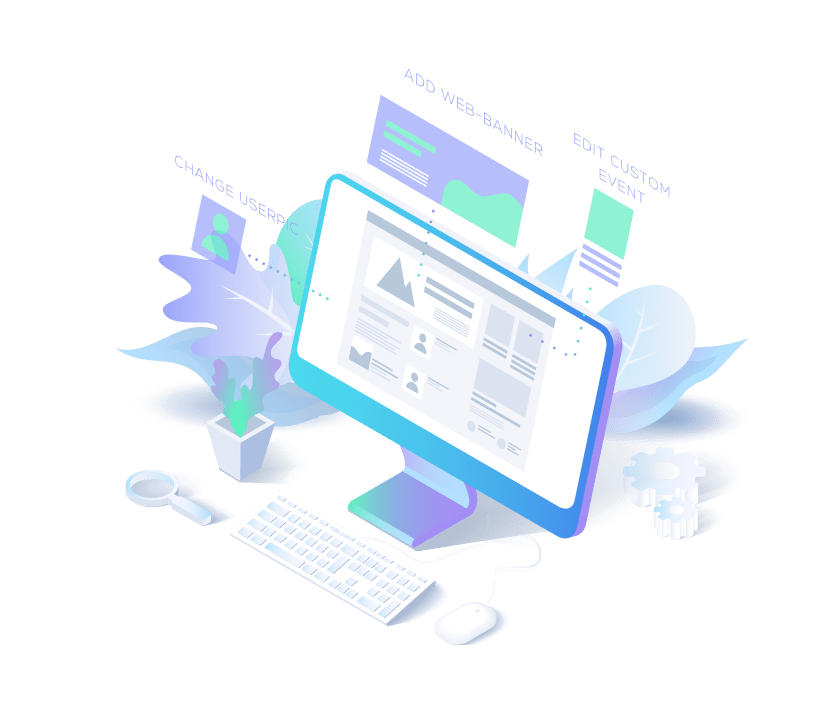
Built a portfolio of web development work.

As a web developer, your portfolio is often one of the most important parts of your resume. This collection of projects shows potential employers what you’re capable of creating. Include the types of projects that represent the work you’d like to do. Moreover, If you’re including code, be sure to annotate it to show your thought process.
Get certified.
Earning a certification can validate your skill set to potential employers. You’ll find a range of general and vendor-specific options, including Adobe Certified Expert (ACE), Microsoft Certified Solutions Associate (MCSD), Amazon Web Services (AWS) Certified Developer, or Zend Certified PHP Engineer.
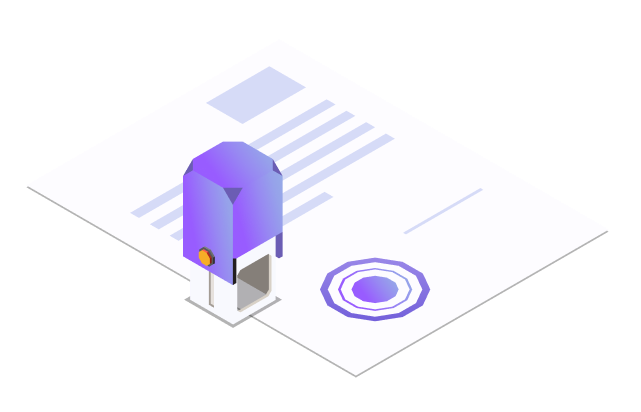
The web development process
When you’re ready to develop your website, you’ll want to follow a particular series of steps to ensure optimal results. Additionally, For the next section of our web development overview, here’s a six-step description of the web development process! Read on to learn more the introduction to web development!
When you’re ready to develop your website, you’ll want to follow a particular series of steps to ensure optimal results. Moreover, For the next section of our web development overview, here’s a six-step description of the web development process!
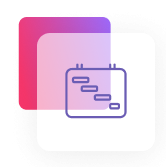
Develop a plan
The first thing you should do before you develop a website is lay out a plan. Don’t just start throwing together a homepage right off the bat — take the time to figure out what you want for your site.
Moreover, the best way to do this is to list specific goals. Some common goals are things like “allow users to buy our products on our site” and “educate users about our products and services.” Additionally, You may also have goals like “familiarize users with our team members.”
Then, consider who you’re trying to reach with your site. Who will visit your site? What will they want to find?
Throughout the rest of the development process, keep your goals and target audience at the forefront of your mind.
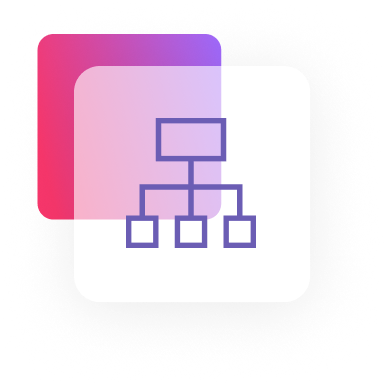
Create a sitemap
Once you’ve come up with some general goals, you can start planning the actual layout of your site. The best way to do that is to create a sitemap, where you simply plan out all the different sections and pages that will make up your site (not to be confused with an XML sitemap). Moreover, you can make a sitemap online, or you can simply use a pen and paper. You’re just trying to visualize how all the pages on your site will be organized and interconnected.
Ultimately, this sitemap will be the key to creating an effective navigation setup on your site, allowing users to easily find their way around it.
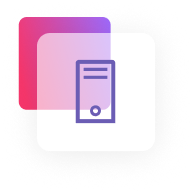
Purchase a domain name
The next step is to register a domain name. Moreover, your domain name is your site’s URL. Also, For a business website, the best approach is to simply use your business name as your domain name.
You can search on a website like GoDaddy to see if your domain name is available. You may need to tweak and adjust your name to find an available domain. From there, you’ll need to choose a website host.
Moreover, when creating a domain name, try to make it clearly associated with your brand, and keep it short if possible — longer domain names are harder for users to remember.
Additionally, If you use a website builder like WordPress, you can also register your domain name through there.
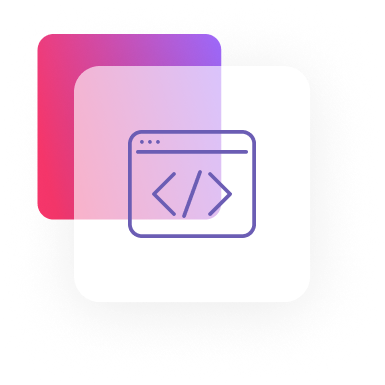
Build your backend
As soon as you know the layout of your website, you can begin coding.
Moreover, as noted earlier, you may choose to use a CMS like WordPress to do this. Additionally, if so, you can use pre existing building blocks or even templates to create your site, but bear in mind that your website won’t be as unique as it would if you built it from scratch.
Whatever you do, don’t just grab a template and change the words on the page. Templates should serve as a starting point, so you want to modify them into something new and original to help create a unique design.
Moreover, If you decide to hand-code it, you’ll likely find yourself using three web development tools — HTML, CSS (cascading style sheets), and JavaScript. All three of these programs enable you to build a website out of code, with HTML forming the building blocks and the other two tools enhancing the basic code.
Definitely, Once your initial coding is done, you’ll want to start optimizing other elements of your back-end, which includes deciding where you’ll host your site and how it will be organized and retrieve data.
The process of back-end optimization is detailed and technical, but here are a few of the things you can expect to do:
• Set up forms to collect data and store images file
• Cookies on specific pages and many more
Moreover, Back-end optimization is a very important step in the development process, particularly if users can make purchases on your site — the data they enter has to be stored somewhere.
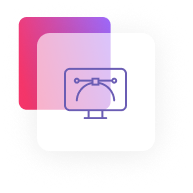
Build your front-end
After building the back-end of your site, the natural next step is to move on to the front-end. obviously, That means setting up the part of your site that users will see when they visit it — the wallpaper and countertops to your website’s house.
Definitely, If you use a CMS, you essentially skip right to this step, selecting color schemes and moving elements around on the page instead of coding your site. On the other hand, if you code from scratch, you must build your code first and then add elements to your website.
Some common front-end elements include:
• Color schemes
• Font choices
• Navigation layout
• And more!
When you build your website, make your site is user-friendly and that you brand yourself visually during this step.

Launch your website
With all the above steps completed, all that’s left for you to do is launch your site! Of course, you’ll want to run some tests to verify that everything on it is working properly first. But once you’re sure everything’s in order, you can make it public. From there, you can continue updating and reoptimizing to help your site rank better in search and drive better results for your business.
Web Development vs. Web Design
Though there is overlap, there are also key differences between web development and web design. Moreover, Read on to learn more the introduction to web development. Let’s take a closer look:
Web Designers:

Create everything a user sees on a website or software product, including all visual, color, typography, and usability elements
Work directly with a client to create designs or work as part of a team to develop client vision
May need knowledge of a programming language or some coding skills, or at least some level of familiarity with widely used languages such as HTML, CSS, PHP, and JavaScript
Create wireframes and prototypes to test design ideas, offer input on design logos, branding, company style guides
Content Creation and look and feel
Web Developers:
Write the code that makes a website function, whether they work on the front end or back end (server-side)
Create or implement designs demanded by a client or created by a design team
Need expert-level knowledge of a variety of programming languages, including HTML (HyperText Markup Language), CSS, PHP, and JavaScript but also extending to other languages (Ruby, C/C++, Python), frameworks, and libraries
Rarely create mockups, select typography, or pick colo
Functionalty and usabilty
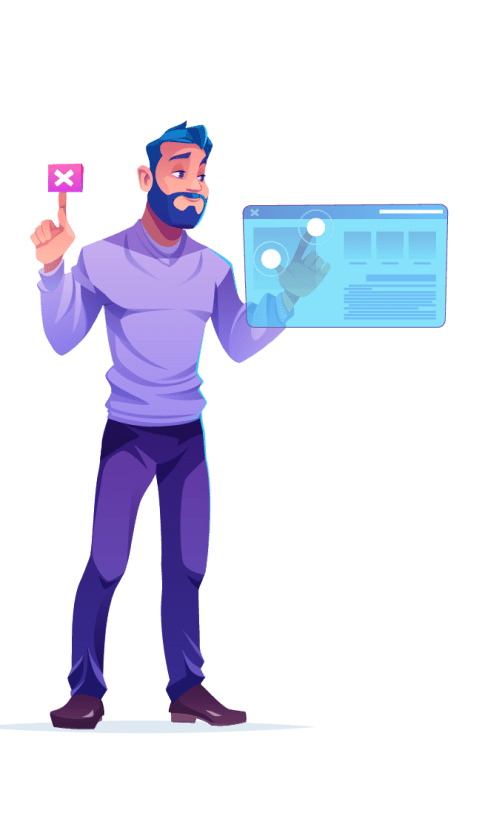
Website Development Life Cycle
When you’re ready to develop your website, you’ll want to follow a particular series of steps to ensure optimal results. For the next section of our web development overview, here’s a six-step description of the web development process!

Information Gathering
-set goals for the website
-Define website’s target audience
Planning
-Create a sitemap sketch
-Create a wireframes/mockup
-select technology stack


Design
-Create colorful page layouts
-Review the layouts
-Get Client’s feedback on the layout
-Change the layout when required
Content Writing and Assembly
-Create new content
-Get content ready for migration


Coding
-Build and deploy website
-Add special features and interactivity
-SEO for the website

Information Gathering
-set goals for the website
-Define website’s target audience

Planning
-Create a sitemap sketch
-Create a wireframes/mockup
-select technology stack

Design
-Create colorful page layouts
-Review the layouts
-Get Client’s feedback on the layout
-Change the layout when required

Content Writing and Assembly
-Create new content
-Get content ready for migration

Coding
-Build and deploy website
-Add special features and interactivity
-SEO for the website
And we should nor forget the most imortant step in web development life cycle
Testing , Review and lunch
-Test the created website
-Upload the website to server
-Final(regression) testing and lunch
Maintenance and regular updating
-Add user report system
-Fix bugs asap
-Keep website-up-to-day
Conclusions
You should always keep in mind that the website development project doesn’t start with coding and doesn’t end after the day you finally launch your website. The phase of preparation affects all subsequent stages, defining how productive the development process will be. Moreover, A profound and in-depth discovery of such aspects like age, sex, and interests of your end-user may become the key to success. Definitely, The post-launch period is rather significant. Obviously, Your project should be agile and flexible enough to have a possibility to change your website according to users’ feedback or spirit of the time. Moreover, Keeping in mind that there’s no such thing as insignificant website development phase will prevent you from unexpected troubles and give you confidence that everything flows as it should, and you have full control over the project.
Hopefully, this article provided you with valuable information, and you can develop your website with ease.


